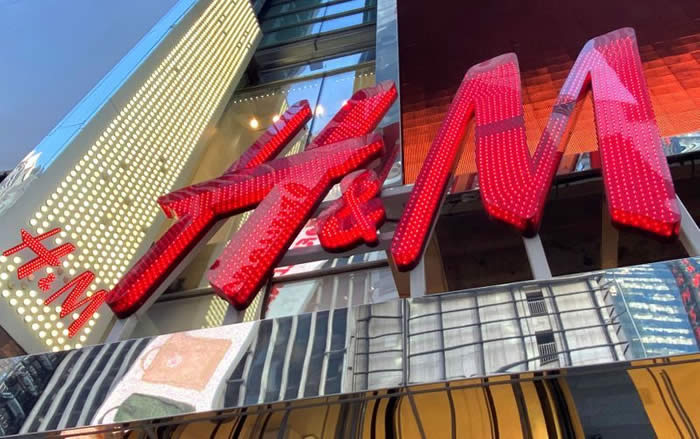Hennes & Mauritz posted a profit of 2.48 billion Swedish kronor, or $300 million, in the fourth quarter but flagged ongoing challenges in trading conditions, with more than a thousand stores temporarily closed.
“With strong, profitable online growth and good cost control we succeeded in ending the year in profit and with a strong financial position,” said chief executive officer Helena Helmersson.
The company said 36 percent of its sprawling retail network is temporarily closed, or 1,800 stores. Sales in the Dec. 1 to Jan. 27 period were down 23 percent in local currencies compared with the same period last year.
 Analysts said fourth-quarter results were stronger than expected thanks to lower operational expenditure than forecast, but the sales update was weaker than many had forecast. “Recent trading is in line with our fairly cautious estimate,” said RIchard Chamberlain of RBC, noting the outlook was “tough.”
Analysts said fourth-quarter results were stronger than expected thanks to lower operational expenditure than forecast, but the sales update was weaker than many had forecast. “Recent trading is in line with our fairly cautious estimate,” said RIchard Chamberlain of RBC, noting the outlook was “tough.”
H&M Group earlier reported a 10 percent decline in fourth-quarter sales in local currencies, trumpeting a strong recovery for much of the period, before the second wave of lockdowns hit, disrupting business.
Sales totaled 52.54 billion Swedish kronor, or $6.24 billion, during the period. A 3 percent sales decline in the first part of the quarter deepened to a 22 percent drop, as a new wave of coronavirus measures swept across its markets.
The Swedish fast-fashion retailer had outperformed expectations in the previous quarter with stronger full-price sales, a key issue for a company that had been trapped in discounting spirals in past years. The retailer has been working to overhaul operations, improve digital services and spruce up its offer. Signs of improvement had begun to emerge as the coronavirus crisis hit.
The group, which operates Cos, Monki and Weekday in addition to H&M, has been cutting costs and renegotiating leases for its retail network. H&M plans to open around 100 new stores this year, and 350 stores are set to close, mostly in markets where it is well-established.
Analysts have been forecasting a modest pace of recovery for the fast-fashion industry.


